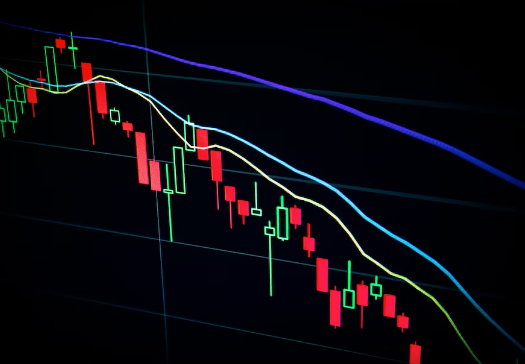
Technical Analysis for CFD Traders
Investing your money can be a great way to prepare for your future. However, with so many different types of investments available, it can be challenging to know which one is right for you. One investment option that is gaining more popularity in recent years is CFD trading. CFD stands for Contract for Difference, and it allows you to profit from the price movements of assets such as stocks, commodities, or currencies, without owning them physically. This beginner’s guide to CFD trading will help you understand what it is, how it works, and how to get started.
What is CFD Trading?
CFD trading is a financial derivative that enables you to speculate on the price movements of various underlying assets. When you trade Cfds, you’re not buying the asset itself but rather a contract representing the asset’s value. For example, if you’re trading Cfds on the stock of a particular company, you’re not owning the actual stock, but you’re betting on whether its price will go up or down. As a result, the profit or loss you make is determined by the difference between the open and close price of the contract.
How Does CFD Trading Work?
To start trading Cfds, you need to open an account with a broker that provides CFD trading. Once you’ve opened your account, you can access a trading platform that enables you to trade Cfds on various assets. You’ll need to deposit some funds into your account to place trades, and the broker will typically charge you a commission or spread on every trade you make. You can trade both short and long positions, which means you can profit from both rising and falling markets. However, you should remember that Cfds are leveraged products, which means you’re trading with borrowed money from your broker. This leverage can amplify your profits, but it can also increase your losses.
What are the Benefits of CFD Trading?
One of the main advantages of CFD trading is that you can speculate on the price movements of various assets without owning them, which means you don’t need to pay the full price of the asset upfront. Cfds also enable you to trade on margin, which means you can use leverage to increase your buying power. Additionally, Cfds are widely available, and you can trade on various markets, including stocks, indices, currencies, and even cryptocurrencies. Finally, CFD trading typically offers more flexibility than traditional investing because you can enter and exit trades quickly, and you can profit from both bullish and bearish markets.
Things to Consider Before Starting CFD Trading
While CFD trading can be a lucrative investment option, there are also some risks and challenges you should be aware of. One of the most significant risks of CFD trading is the high degree of leverage, which can lead to significant losses if you’re not careful. Additionally, because Cfds are traded on margin, you can be asked to deposit more funds into your account if your trades start moving against you. You should also be aware that CFD trading requires discipline, patience, and a sound trading strategy. It’s helpful to begin with a small account to minimize the risks until you get familiar with the platform and find your trading rhythm.
Conclusion:
what is cfds trading can be a compelling investment option for those looking to profit from the price movements of various assets without owning them physically. It offers flexibility, accessibility, and leveraged trading opportunities. However, it’s not without risks, and it requires research, discipline, and sound trading strategies. Start small, invest wisely, and continuously educate yourself about the market to increase your chances of success. Happy Investing!



